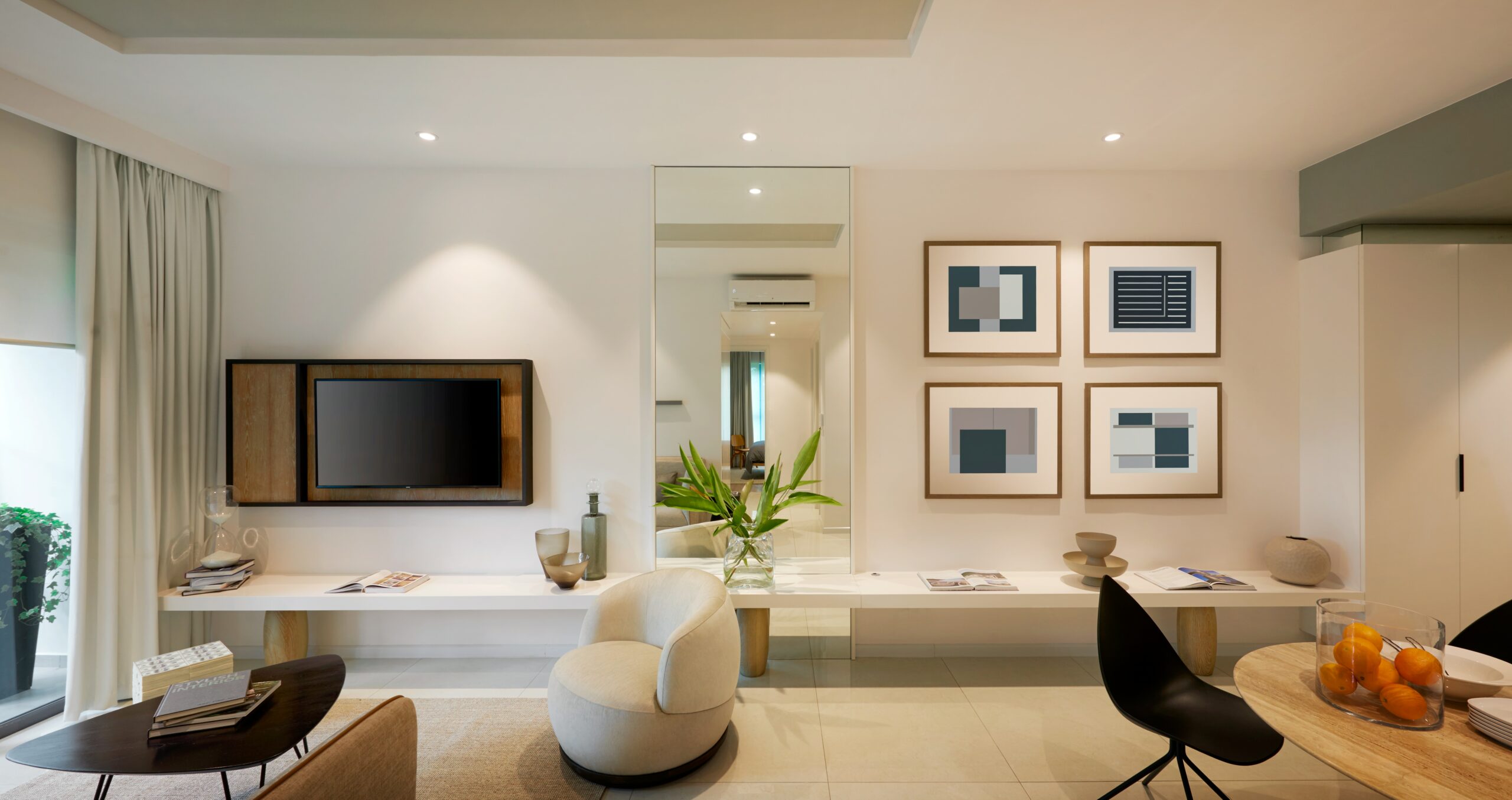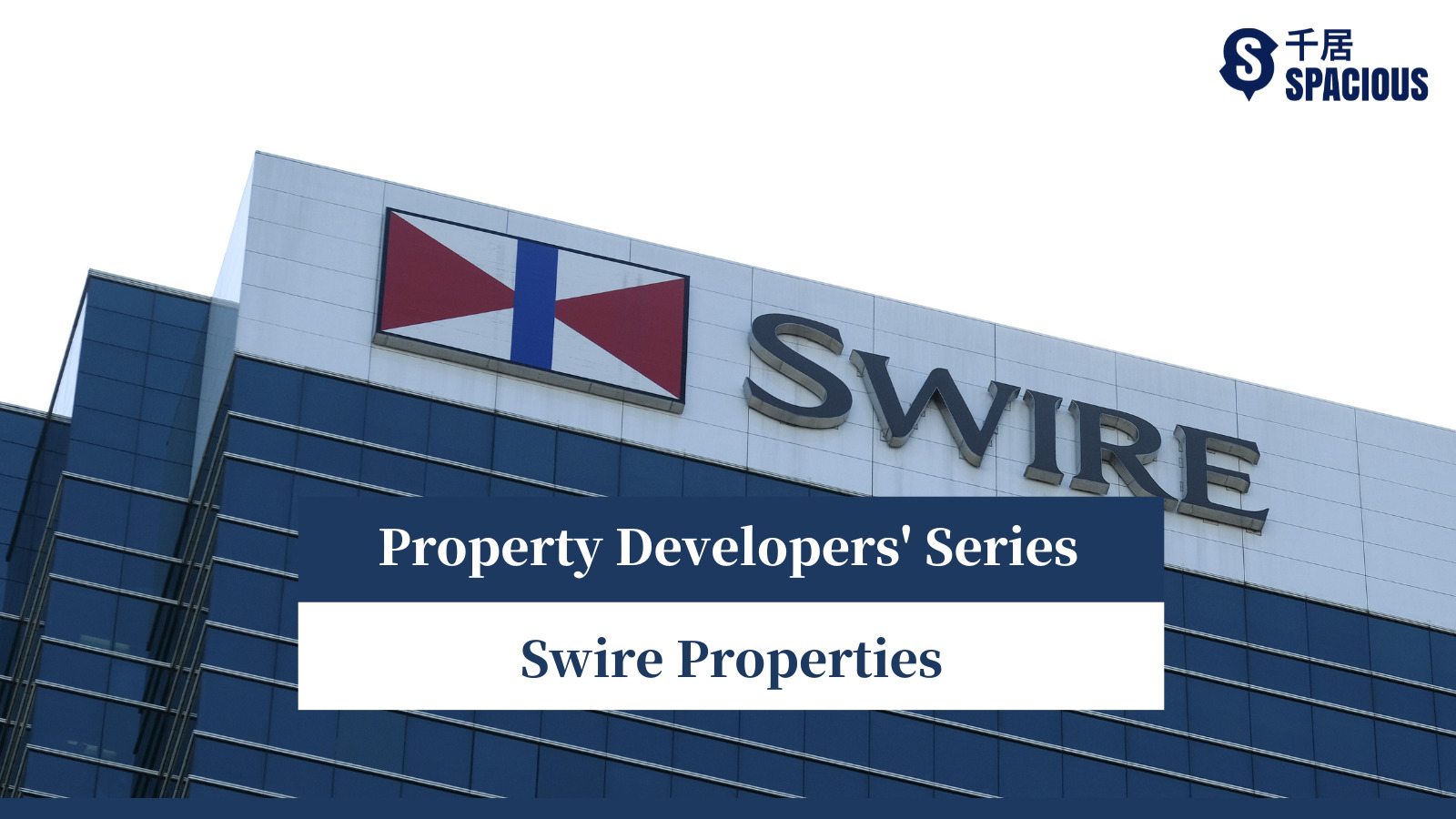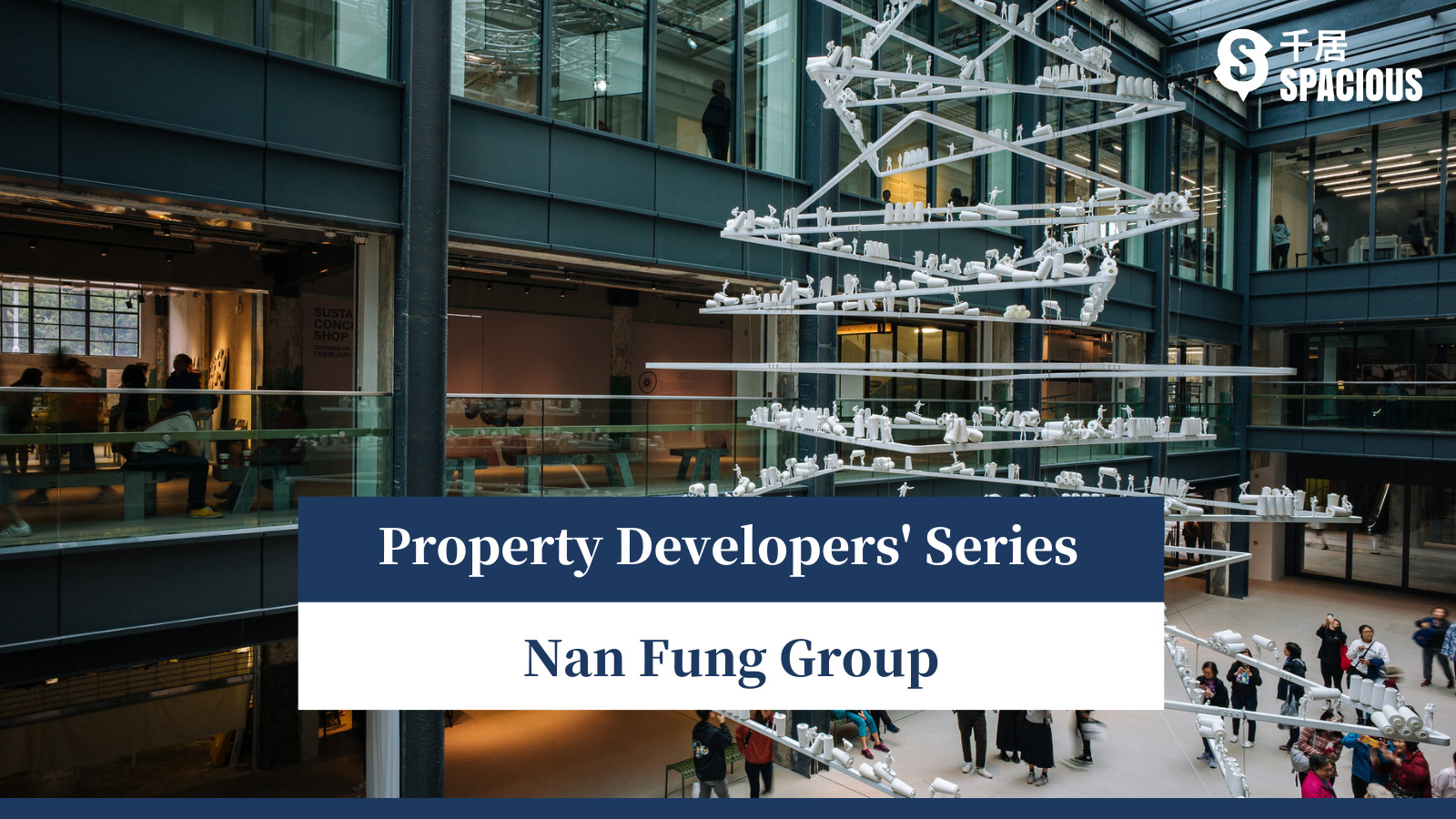
Rooted in Hong Kong for 65 years, Nan Fung Group has witnessed the golden age of the local manufacturing industry and has been a pioneer and innovator in the contemporary textile industry.
As times have changed, the local manufacturing industry has declined, but Nan Fung has not rested on its laurels. Instead, it has kept pace with the times and transformed from a yarn factory into a diversified enterprise that can compete with the leading property developers.
After years of hard work, Nan Fung’s properties have quietly integrated into the community. Want to know how Nan Fung has woven its real estate kingdom? How good is it to live in a Nan Fung property? What developments does Nan Fung offer? Spacious will reveal the secrets for you.
Jump to: Nan Fung History | Building Quality | Residential Portfolio
Nan Fung History
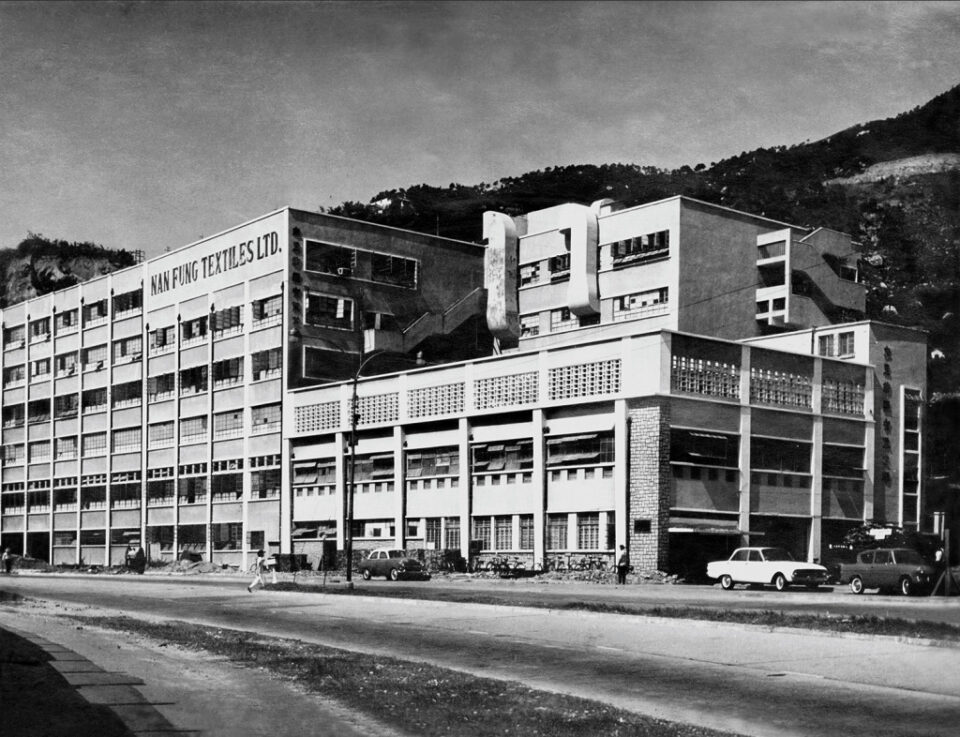
Hong Kong residents who struggled to make a living in the 1950s to 1970s must have heard of Nan Fung Textiles. At that time, nearly 40% of Hong Kong’s workforce was engaged in the textile and garment industry, and Nan Fung Textiles was in an industry-leading position.
Nan Fung Group’s Founder Chen Din-hwa dared to innovate and introduced unique textile technology, which rapidly developed and expanded the business, earning the reputation of “Cotton Yarn King.”
However, as the textile industry gradually declined and business growth became unsustainable, Chen once again demonstrated his spirit of seeking change. When he saw the trend of industry development, he led the company towards diversified development.
As early as 1965, Nan Fung completed its first residential project. And in 1978, the first large-scale housing estate, Nan Fung Sun Chuen, was born. In the following decades, Nan Fung fully accelerated towards the path of real estate development.
Find or sell properties on Spacious
Unlike most major property developers that raise funds through IPOs, Nan Fung is currently a privately-held developer, demonstrating its financial strength.
In fact, the group was listed in 1970 and was not reprivatized until 1989. It actively developed local, mainland and international markets and was awarded the “Top 10 Developers in Hong Kong” by BCI Asia in 2011.
Many of its residential projects have also received architectural awards, especially in the field of environmentally friendly buildings.
As for residential supply, the group has gradually extended from large-scale housing estates to luxury homes, the most famous of which is undoubtedly the Mount Nicholson, a sky-high tower that set a record for the most expensive apartment building in Asia in 2017 (with an average price up to HKD 132,100 per square foot) .
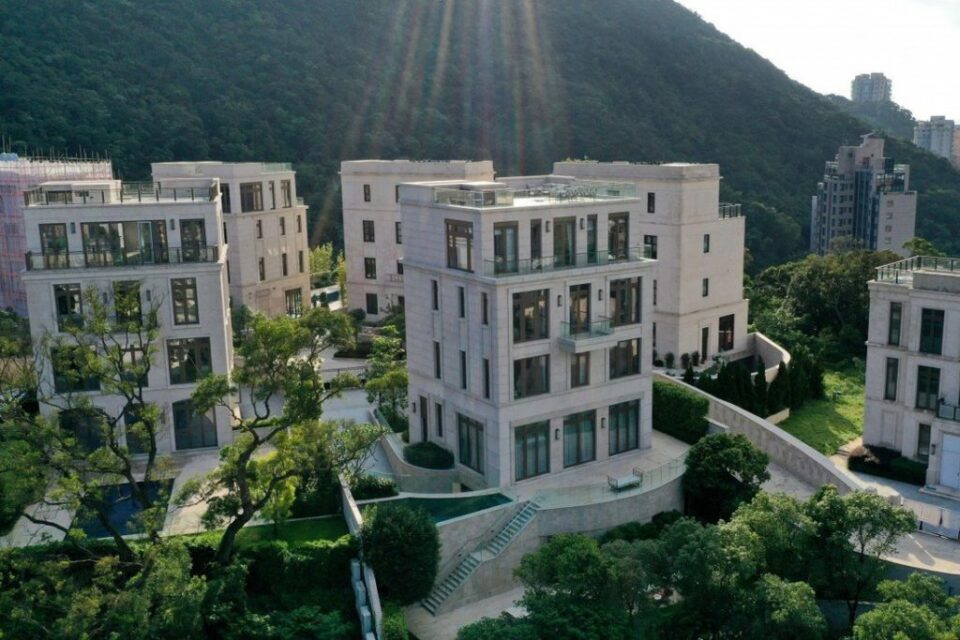
What’s more, a parking space in the project sold for over HK$ 10 million, making it the most expensive parking space in the world! These awards and records, coupled with over 165 development projects, including residential, office, and shopping malls, have proven that Nan Fung has successfully transformed from a textile factory into a diversified real estate enterprise.
Today, Nan Fung’s business has expanded to include property management, financial investment, biotechnology, and other fields. The Nan Fung Textiles Mills has also been successfully transformed into a conservation project that combines experiential retail and the inheritance of textile art, continuing its innovative spirit.
The current CEO of Nan Fung Group is Cheung Sai-sing , the eldest son of Chen Din-hwa’s second daughter, Chen Wai-wai, who took over from the former Financial Secretary, John Tsang Chun-wah.
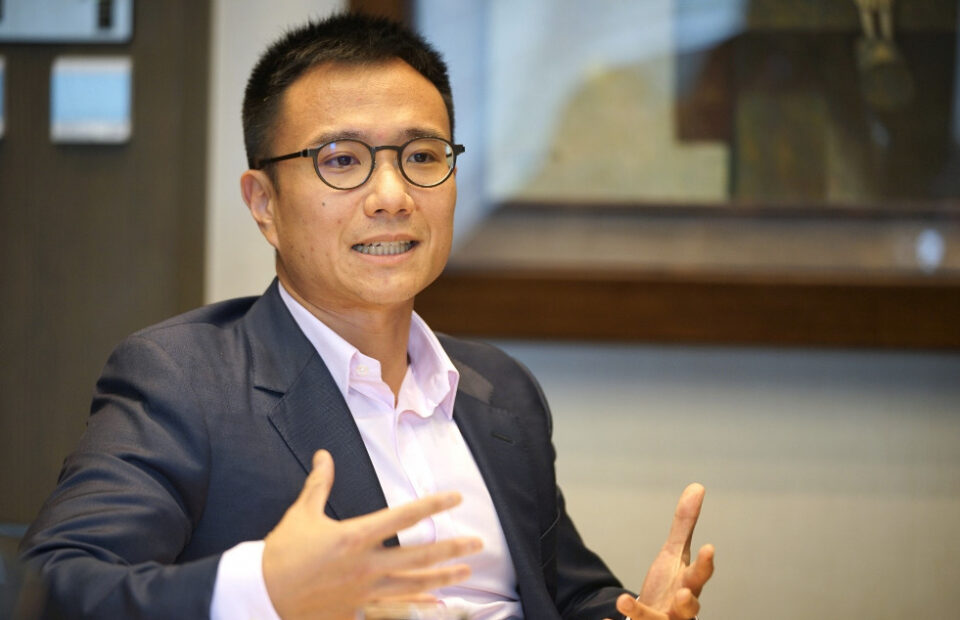
Currently, Nan Fung has a flagship project in the Kai Tak Development Area called “AIRSIDE”, which invested up to HK$ 24.6 billion in land bidding in 2017.
After completion, it will provide Grade A office space and a multi-level shopping mall connected to an underground shopping street, expected to become a new landmark in the area.
Building Quality
As mentioned earlier, Nan Fung Group has put a lot of effort into environmental construction, with its projects obtaining certification from the Hong Kong Green Building Council and WELL certification.
For example, LP10 (Lohas Park Phase 10) received provisional Gold certification for new construction under the BEAM Plus assessment and WELL certification for healthy buildings, demonstrating recognition for its energy efficiency and sustainable development.
Nan Fung has also established its own construction companies, including Boldwin Construction Company Limited and Jin Ye Construction Company Limited, both of which have received the Hong Kong Construction Association’s Environmental Award. However, not every project is built by the company’s subsidiaries.
Renowned Hong Kong building inspector Chan Kai-nam has mentioned that properties developed by Sun Hung Kai Properties and Nan Fung are more durable because the developers make necessary repairs before handing over the property.
Find or sell properties on Spacious
Residential Portfolio
Nan Fung’s residential projects in the last two decades are as follows:
| Property Name | District | Year of Completion |
|---|---|---|
| 80 Robinson Road | Mid-Levels West | 2001 |
| Park Central | Tseung Kwan O | 2002 – 2005 |
| Tseung kwan O Plaza | Tseung Kwan O | 2003 |
| La Place De Victoria | North Point | 2005 |
| The Giverny | Sai Kung | 2005 |
| The Grandville | Kau To Shan | 2006 |
| H Cube | Tsuen Wan | 2006 |
| Metro Town | Tiu Keng Leng | 2006 -2007 |
| Florient Rise | Olympic | 2008 |
| The Hermitage | Mong Kok | 2010 |
| Marinella | Wong Chuk Hang | 2012 |
| The Coronation | Yau Ma Tei | 2012 |
| Providence Bay | Pak Shek Kok | 2012 – 2013 |
| City Point | Tsuen Wan | 2014 |
| Mount Nicholson | The Peak | 2015 |
| The Visionary | Tung Chung | 2015 |
| La Cresta | Kau To Shan | 2017 |
| Ori | Tuen Mun | 2018 |
| Island Garden | Shau Kei Wan | 2018 |
| 8 Deep Water Bay Drive | Shouson Hill | 2018 |
| LP6 | Lohas Park | 2020 |
| LP10 | Lohas Park | 2022 |



